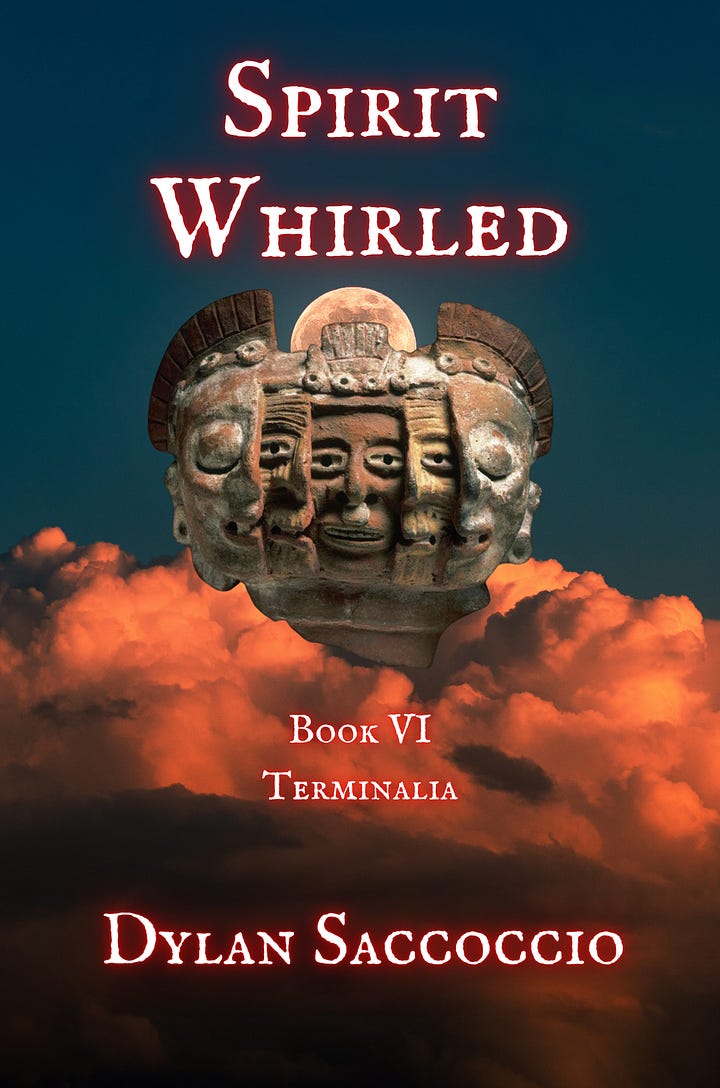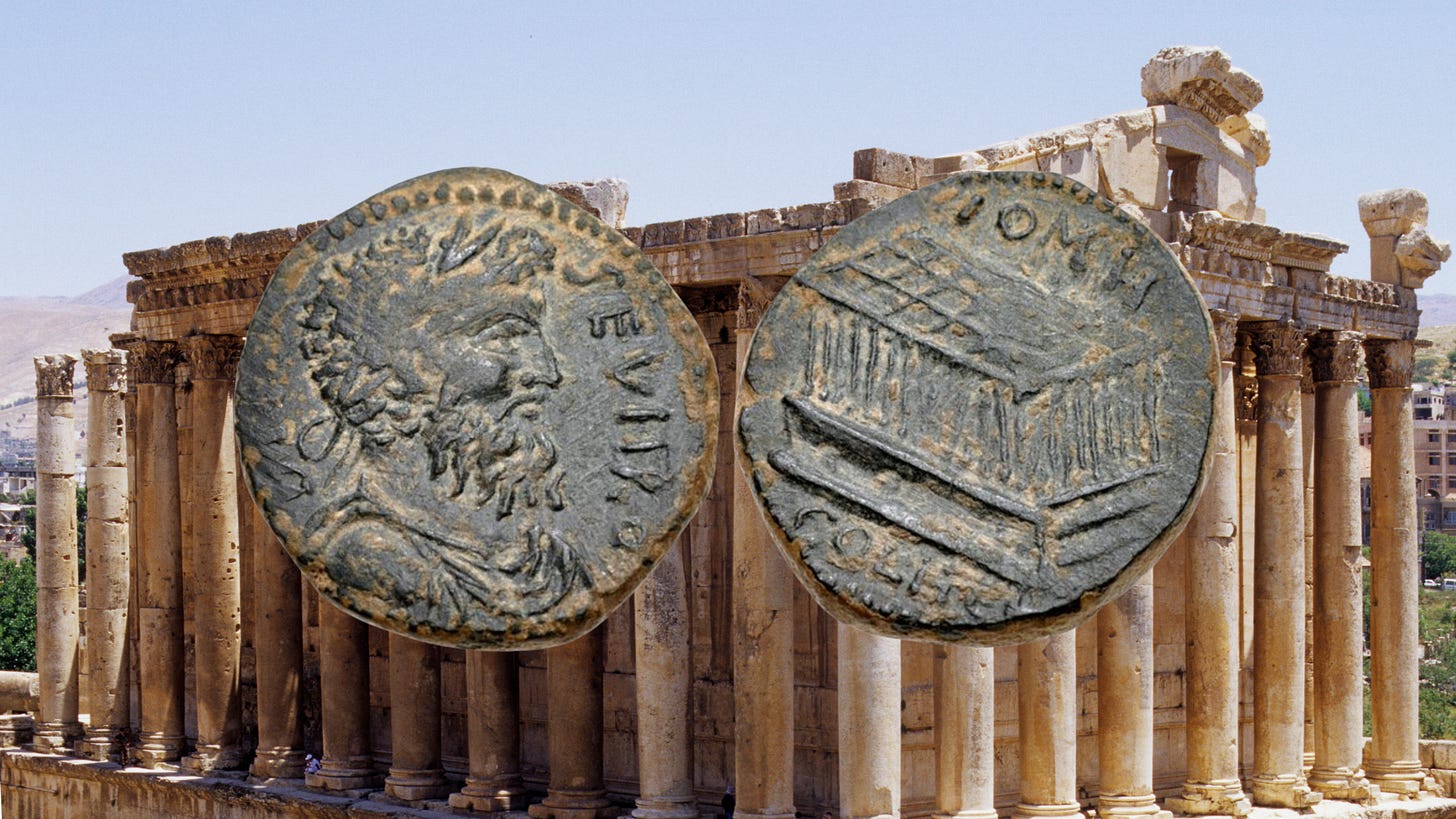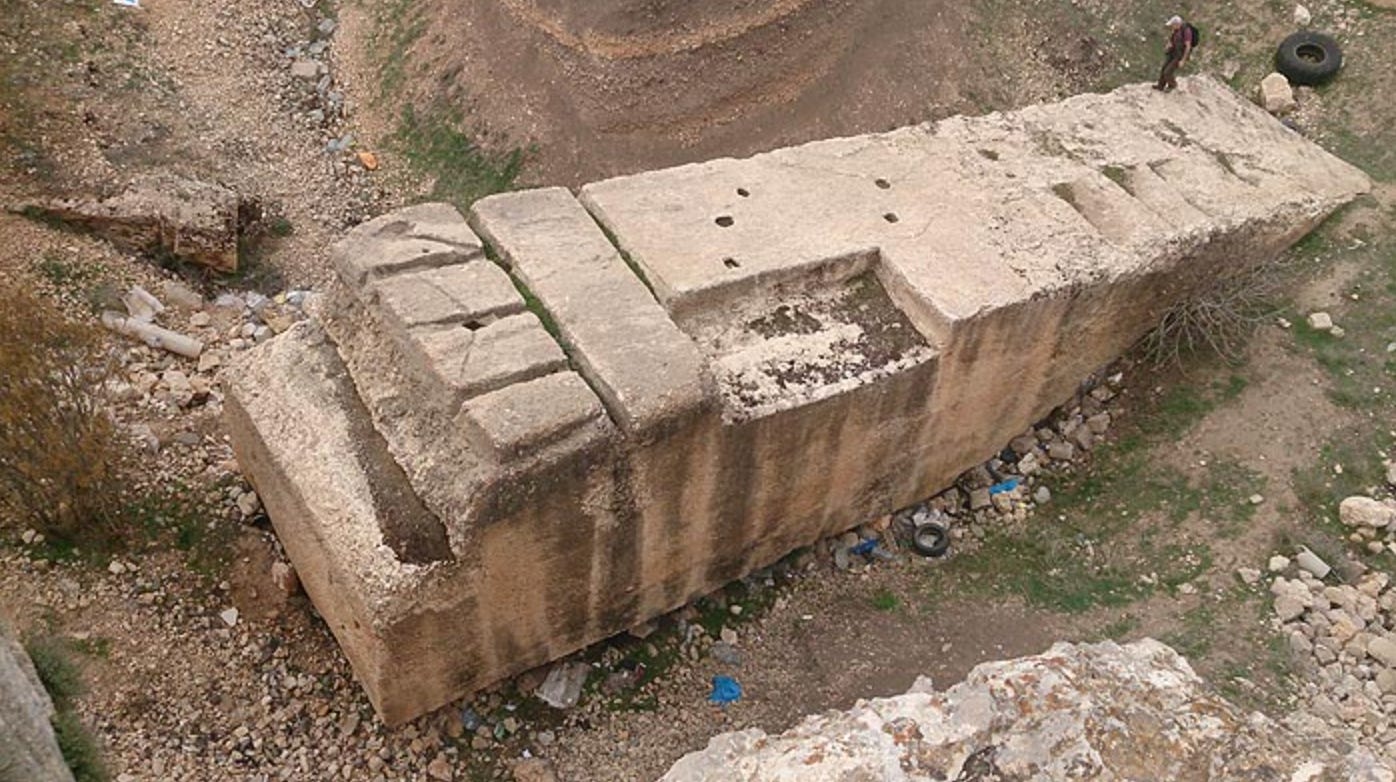Fresh Batch #164: Layout of Baalbek in the 18th Century
Colony of Heliopolitan Jove, the Greatest Heliopolitan
Regarding Baalbek, Robert Wood wrote (Ruins of Balbec, p. 13.), “The first conversion of the temple into a fortress looks like a work of those Khalifs; though some repairs have a more modern appearance, and are, no doubt, posterior to the conquest of this country by Selim, having probably been made in the wards between the Grand Emir and the Turks—
“—The authorities to which we have had recourse take notice of one temple only. To which then of the two great ruins, that we are to describe, shall we apply the informations here collected?”
The challenge with Baalbek is that the most impressive portions of the megalithic stones are at the bottom. The lack of detail about these stones, which no one has ever demonstrated how to move and build with, is what fascinates researchers. People dismiss it as Roman or some other advanced civilization, but there is no precedent. It doesn’t fit in with the improvements of subsequent cultures. People like Brien Foerster think ancient high technology was used at some of these sites. The historical record doesn’t seem to help us draw conclusions about this one.
Wood wrote (Ib. pp. 13, 14.), “We meet with the temple of Heliopolitan Jove on antient coins; which are not always exact with regard to the form of the building they mean to represent; as will probably appear in the following instances.
“On the reverse of a medal of Septimius Severus we find a temple, in form like the great temple of Balbec, and having like it, ten columns in front, with the legend COL. HEL. I. O. M. H. Colonia Heliopolitana Jovi Optimo Maximo Heliopolitano (Colony of Heliopolitan Jove, the Greatest Heliopolitan).
“But on the reverse of another medal of the same emperor, with the same legend, we see a temple in perspective, having indeed the same form with both the great and the most entire temple of Balbec; but having six columns only in front, which is the number of neither. The same is repeated on the reverse of a medal of Caracalla.
“On the reverses of some medals of Philip the Elder and his wife Ottacilia we find the same legend, with a temple of a different size and form, bearing no resemblance to any of the temples of Balbec.
“Upon the reverse of another medal of the same Philip we find a fourth temple, which seems to belong to Heliopolis by the legend COL. IVL. AVG. FEL. HEL. Colonia Julia Augusta Fœlix Hieliopolitana. A stair of many steps leads to an area, in which is a temple of the form of the great temple of Balbec : This is, in all probability, an awkward representation of that great temple, with the courts, portico, and great stairs leading to it.”
It’s shocking that Wood makes no mention of the glaring caduceus in front of the temple, but if it be an instrument of the savior, and Baalbek be a temple of the sun, it is yet another sign that demonstrates Mercury (Hermes) was a solar archetype long before the name was ascribed to a wandering luminary.
It’s clear that the temples are accounted for by Roman culture. But most of us are interested in the massive blocks used:
To be clear, there is evidence that some of these megalithic stones were cut into smaller stones, and so there may not have been need to move them as massive blocks.
Before this could be easily explained away, the builders just had to put the megalithic blocks on top of smaller blocks, thus bewildering those of us who have difficulty imagining what kind of pulley/counterweight system was used.
Wood continued (Ib. p. 14.), “Under whatever name the antient divinity of this temple was invoked, whether the Baal of sacred, or the Belus of profane history, whether called Jupiter or Apollo, it is certain the object of worship was the Sun; the structure of whose temples at Palmyra and Heliopolis differs from that of all others we have seen, in some particulars which may be the subject of a separate enquiry into the Syrian mythology.”
For those interested in learning about this universal system and the culture(s) responsible for it, make your way through the Spirit Whirled series and The Real Universal Empire.







Become a member to access the rest of this article.
Keep reading with a 7-day free trial
Subscribe to Ancient History, Mythology, & Epic Fantasy to keep reading this post and get 7 days of free access to the full post archives.








